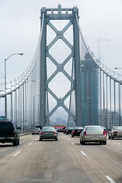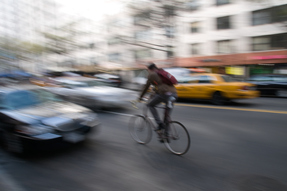
A very typical bicycle accident scenario is where a bicyclist runs into the open door of a parked car, when the driver doesn't look or doesn't notice the upcoming bicyclist. Under these circumstances, the driver of the car who opened the door is almost always found to be negligent and liable for the bicyclist's injuries. This is the case even if the bicyclist didn't have the lights on, didn't have a helmet on, or was going much faster than he/she should have been going under the circumstances. Such bicycle accidents often result in serious injuries, including disk bulges and fractures to both legs and arms.
The insurance companies usually do not dispute their insured driver's liability under the circumstances, realizing that out of the two parties involved the driver of the car should be the one making sure that when he opens his car door, that side of the road is free and clear of upcoming traffic, including bicyclist.
If you are a driver, you should train yourself to always look back when you open your car door, no matter how unlikely you think the bicycles is to come down near you. If you are a bicyclist riding down the long street of parallel parked cars pay, take a glance inside the cars that are parked in front of you. Often, you will be able to tell that someone has just parked or is about to open the door of their vehicle. This will save you from suffering serious and often permanent injuries.
If you have recently been involved in an accident where you were hit by a car while riding a motorcycle, and the driver's insurance company is trying to deny liability, you are welcome to contact us to discuss your situation.
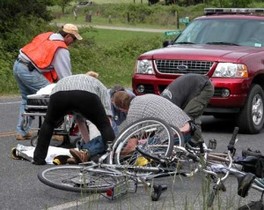
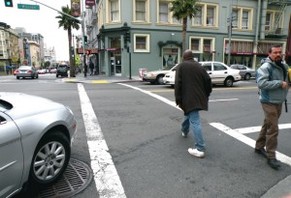
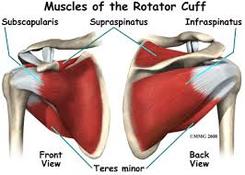
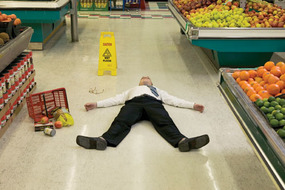
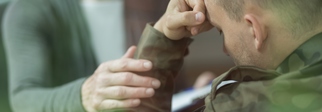
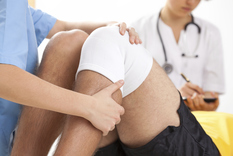
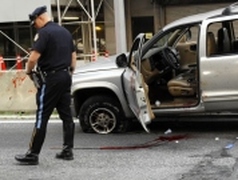
 RSS Feed
RSS Feed
